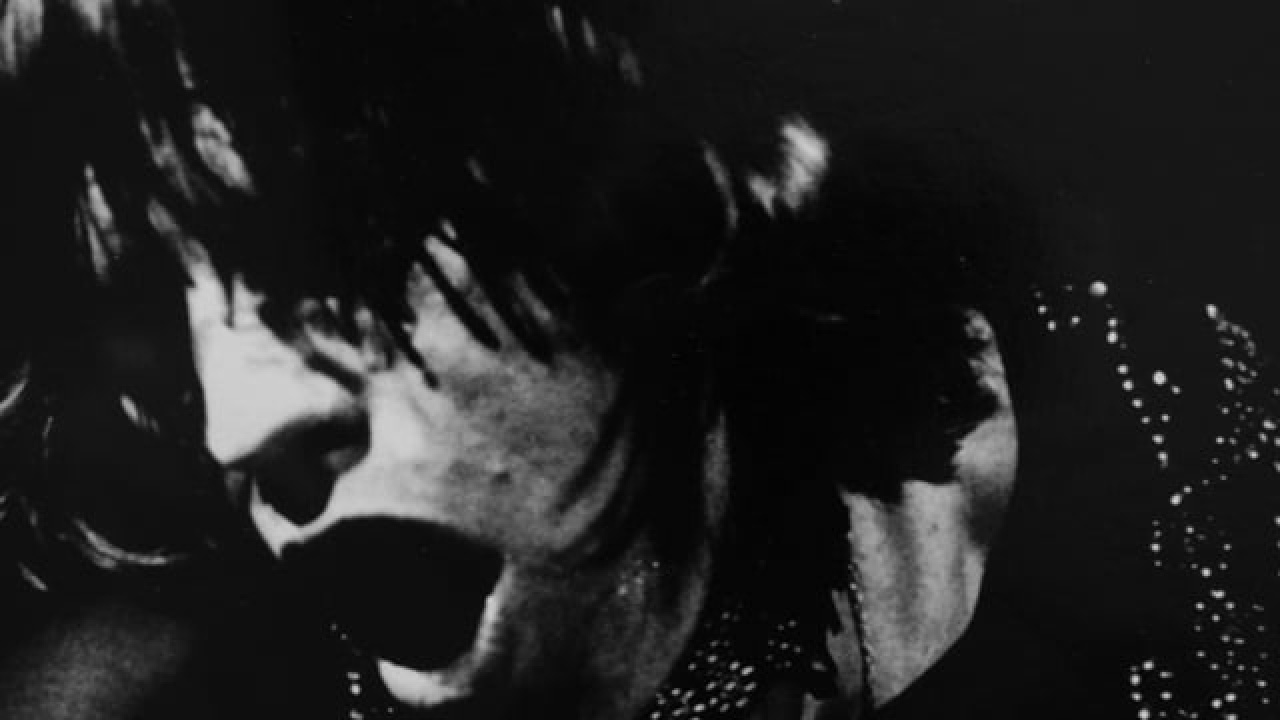Wilhelm Scherübl - Transform
There has been substantial evidence for the theory, according to the German philosopher Peter Sloterdijk, that it is far less important for humans to know who they are, than where they are. The persistent ignorance regarding one’s place of existence is one of the causes for what newer philosophy calls oblivion of being.
The inquiry after the “where” and the placing of one’s person and works represent central aspects of Wilhelm Scherübl’s work. His work realizes itself in the examination of his locations of residence and life, and in the integration of the respective condition of the places and resources which he finds there.
Scherübl lives in the country, in upper Ennstal, where he sometimes paints outdoors, using trees and plants for his works, and plays with reflections on natural water surfaces for his light installations. His art is a reflection on nature and the attempt to attain insights into artistic and natural processes of development, as well as into the complexity of the earth’s organism and our own finiteness.
The artist acts as an initiator here, he begins a process for which he formulates basic conditions which, in the end, still escape his control for the most part. The process leaves growth, light, cold, and wind to nature. By freezing the paint outdoors, the so-called Minusaquarelle (“minus watercolors”) are formed: only then do moments of the completion of his light installations on the water emerge, when the surface is flat and undisturbed by wind. The plant installations are subject to the natural cycle of growing, blooming, and withering.
Conversely, installations in which plants are transplanted into artificial and/or artistic contexts and are therefore dependent on life-supporting measures, refer to the concept of nature as something which is in principle made possible through production, as well as to the attempt of humans to disconnect themselves from natural processes.
The anonymous, living sculptures in states of perpetual change reflect on the imperfect, the temporary, and the unformulated. With a background in sculpture, Scherübl - who attended the Academy of Fine Arts and completed his degree under Bruno Gironcoli –has progressively shifted his focus from form to transformation. His works represent the overlying process and the physical energy which flows into it, as well as those things that are left out—like chips of stone—which Scherübl then incorporates into new developing cycles of works. What is essential here is the time aspect: transformations develop over time and possess their own rhythm. Scherübl's idea of making efficient use of time paradoxically involves time consuming techniques in order to fill up large surfaces of paper with ball-point pen or pencil, or to gradually obscure windowpanes with many small brush lines. Through these works, the time and the energy which something needs in order to come into being becomes tangible.
Coming into and out of existence, artificial and natural light: these are also themes to which Scherübl dedicates an installation which can currently be viewed in the exhibition “Nature - Creation is not finished!“ at Stift Admont. The “Hall for Artistic Intervention“ was set up by the artist with a light installation in which a network of power cords branch out in tributary-like forms, representing the transformation of energy, and lead to a fluorescent sign reading “ENNS”, making reference to the river to which he lives nearby. Books from the Stift Admont library show illustrations of sunflowers: the ultimate light seeker. “I am addicted to light“, says Wilhelm Scherübl. (sh/jn)
Das könnte Sie auch interessieren

GREGORY CREWDSON. Retrospektive in der Albertina
24. June 2024
Nadine Rennert - Nowhere to Hide
17. June 2009
MICHAEL HOROWITZ. About Stars and Nearness in Photography
24. March 2020
Karine Giboulo - 3D Comic Book
4. March 2009
Soviet Modernism 1955 till 1991 - Unknown Stories
15. November 2012
ALBERTINA TOURS & TALKS. Gelitin im Gespräch mit Albertina Modern Chefkuratorin Angela Stief
2. July 2021
BIRKE GORM. Online Eröffnung zur Ausstellung "Labour Chest" im STRABAB Kunstforum
21. February 2021
